A Sea-Slug-Powered Robot, Zuckerberg's A.I. Toaster, And Other Amazing Images
Claire Maldarelli
at 09:34 AM Jul 26 2016

0 Comments

Zuckerberg's AI Toaster
Lego NASA Women on Facebook
Science //
For a long time, the surface of Venus remained a mystery to scientists. The planet's unusually thick atmosphere prevented researchers from being able to see what was underneath. But in a recent paper published in the Journal of Geophysical Research, researchers took advantage of this handicap by using infrared light and radar to penetrate through the surface and see beneath. They found that Venus' surface, as seen in the image above, is similar to Earth with mountains, canyons, valleys, and plains. And like Earth, these features influence its unique weather patterns.
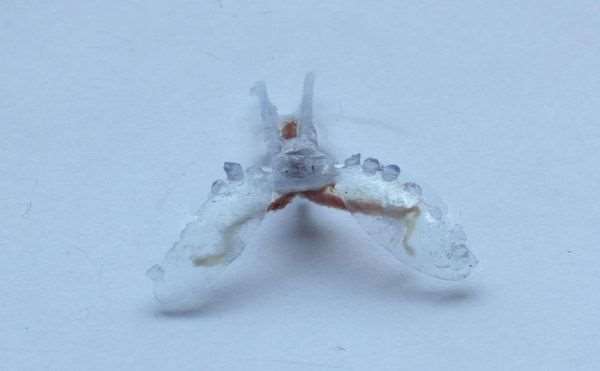
Powered By Sea Slugs
Victoria Webster, via Case Western Reserve University
No one typically thinks that much of a sea slug. But researchers at Case Western Reserve University were curious to see what the little guys could amount to. So they created a biohybrid slugbot by 3-D printing a shell around a sea-slug's mouth muscle. Compared to most other muscles, sea slugs fair better in rapidly changing environments, which could make them a good candidate for biohybrid bots.
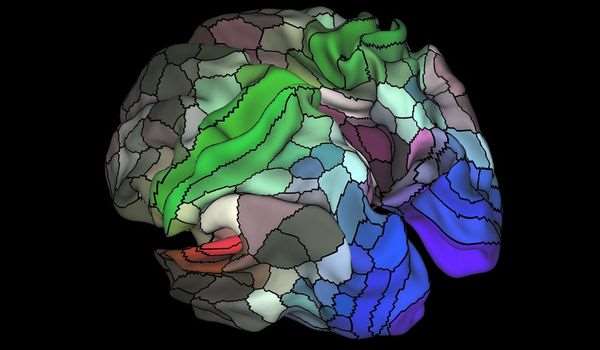
The Map Of the Brain Gets An Update
Matthew F. Glasser, David C. Van Essen
The cerebral cortex of the brain is a mysterious place. Until now, neuroscientists have relied on a map that broke the brain's cerebral cortex up into 80 different sections in each hemisphere. But in a paper released this past week in Nature, researchers released a brand new and updated map of the brain, including 100 new regions in each hemisphere.
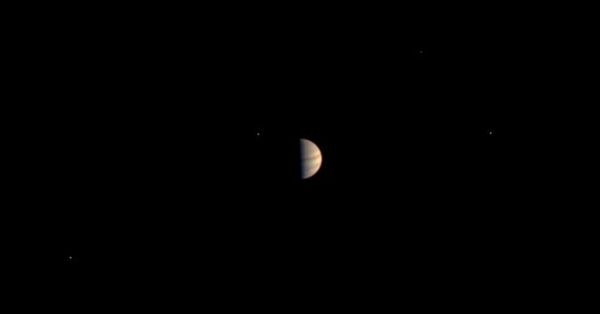
JunoCam Releases Its First Picture
NASA
Since Juno made it to Jupiter earlier this month, some of us have been anxiously awaiting the first picture of the largest planet in our solar system. Earlier this week, NASA finally released the first batch of unprocessed images. The image above is probably the best or most detailed of the set. As we pointed out in our original post, we have been incredibly spoiled by the high resolution images taken by near-Earth equipment like the Hubble. Given the obstacles that Juno is working with, that image above is pretty great.
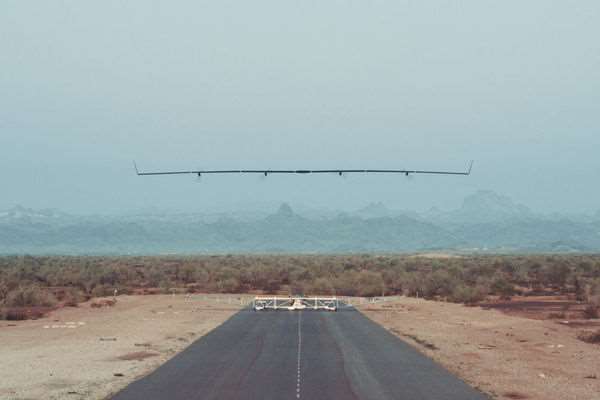
Facebook's Internet Beaming Drone Takes To The Sky
Facebook
Facebook wants to make the internet accessible to the entire world. To do that, they are trying to employ a network of drones that would beam the internet down from the sky. This week, Facebook announced that it flew its first test flight of the internet beaming drone. At a steady pace of 25 mph, the drone, named Aquila, flew for 96 minutes, much longer than engineers had anticipated. The company's next goal is to have it fly for much longer.
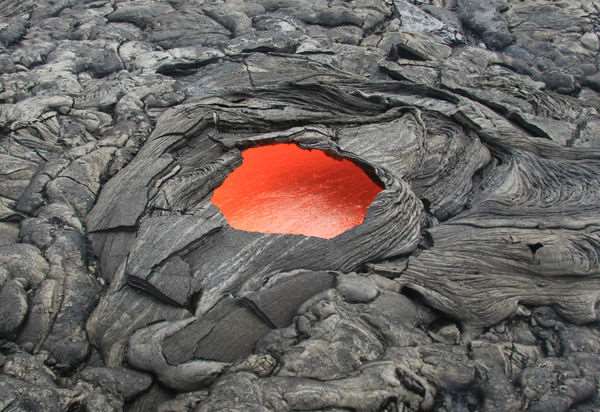
A Skylight View Of A Volcano
U.S. Geological Survey
Until they explode with molten rock, what lies beneath volcanoes are not typically on our minds. But this image, taken last month by the U.S. Geological Survey atop the Puʻu ʻŌʻō crater at Kīlauea on the main island of Hawaii shows a glimpse of molten rock just beneath the surface.
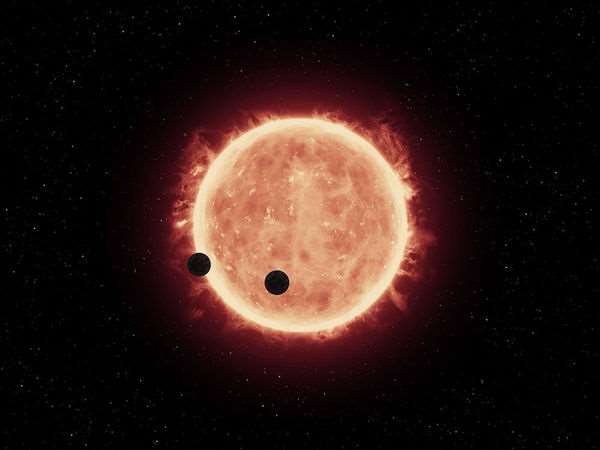
Distant Planets
NASA/ESA/STScI/J. de Wit (MIT)
In this image shown above taken by the Hubble Space Telescope, two planets can TRAPPIST-1b and TRAPPIST-1c be seen as they pass across our sun. While the two planets are about 40 light-years away from Earth, they may have atmospheres that are capable of supporting life, unlike most gaseous planets. In the future, scientists plan to search for signs of life on these planets, such as carbon dioxide or water vapor, as well as figure out what the temperature and pressure are like on their surfaces.
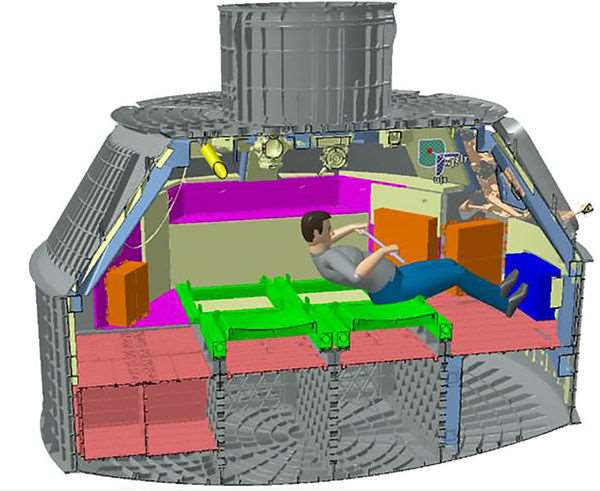
Toning Up On Your Way To Mars
NASA
The astronauts that plan to make the big trek to Mars need to stay fit on their six to nine month journey. But how can that happen while inside a 316-cubic-foot capsule? NASA's Exploration Exercise Equipment project may have found a solution in its recently developed Resistive Overload Combined with Kinetic Yo-Yo (ROCKY for short). The device is a compact yet multifunctional exercise machine the size of a large shoebox that can be opened up into a rowing type machine, as seen above, as well as a strength training machine.
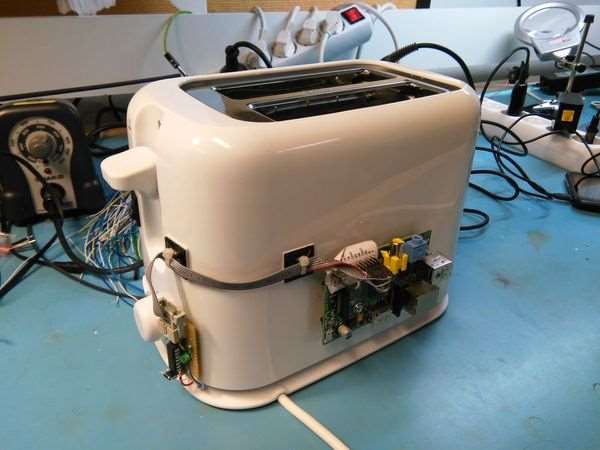
Zuckerberg's AI Toaster
Courtesy of Hannu Makarainen
In an interview with The Verge, Facebook CEO Mark Zuckerberg revealed that he has a goal of making his entire home run on AI technology, including his toaster. The real challenge, he says, is making the AI aware of when to actually make the toast. Once it effectively learns his exercise, meeting, and eating habits, it will know what time of the day he's in need of some toasted bread.
Filed under:


By Marissa Shieh Posted 24.07.2020
| 0 Comments
By Sara Chodosh Posted 24.07.2020
| 0 Comments
By Stan Horaczek Posted 24.07.2020
| 0 Comments
By Sara Chodosh Posted 24.07.2020
| 0 Comments
By Kendra Pierre-Louis Posted 24.07.2020
| 0 Comments








